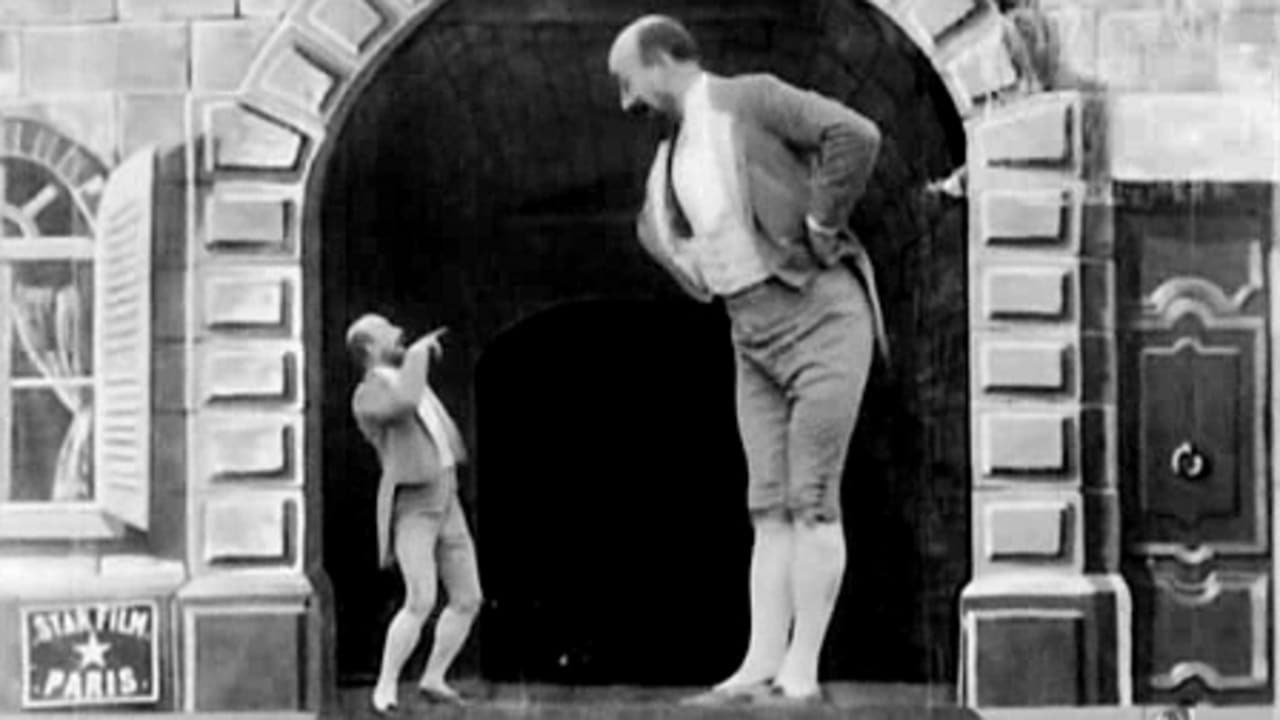We recommend movies to watch after you see the latest entry in the Marvel Cinematic Universe.
Shrinking and enlarging effects have been around since the dawn of cinema. Marvel’s Ant-Man and the Wasp is just the latest in a long history of depicting the fantasy of changing size, yet we’re still amazed and amused by how the concept is executed on screen. The easy thing to do for this week’s list of Movies to Watch After… would be to just recommend the most notable examples in this film history. I’d rather link out to Crooked Marquee’s recent lesson and then highlight only the most relevant to the superhero blockbuster at hand.
Plus there so many other kinds of movies worth recommending after you see the Ant-Man sequel. There are specific titles that influenced director Peyton Reed. There are other movies that seem to be referenced in tribute. And there those that Ant-Man and the Wasp made me, personally, think of while watching. Below is just a starting point, with additional suggestions acknowledged within certain entries. Watch them chronologically for a tour through time, and you’ll get a sense of what came beforehand.
![]()
The Dwarf and the Giant (1901)

As always, one of the best originators or early pioneers of a special effect is Georges Melies. The magician-turned-filmmaker was all about cinematic trickery, and his 1901 film The Devil and the Statue is typically brought up as an early example, if not the first film, to showcase the shrinking and enlarging of characters — in time rather than as a jump-cut substitution. Melies’ The Dwarf and the Giant was released the same month and is more just a presentation of the trick, which utilized a special dolly system and forced perspective. Perhaps Scott Lang was also, in his magic interests, a fan of Melies’ films.
The post Watch ‘Ant-Man and the Wasp,’ Then Watch These Movies appeared first on Film School Rejects.
No comments:
Post a Comment